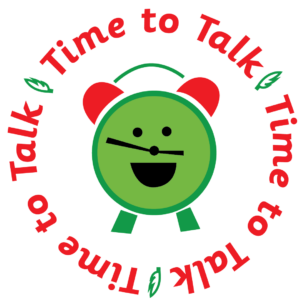Semi-colons: leopard seal
The Grammar Bit!
Read the three scintillating sentences opposite. You’ll notice that each sentence consists of two main clauses that have been joined with a semi-colon (;). Remember – a main clause (sometimes called an independent clause) usually contains a subject and a verb and must make sense on its own.
A semi-colon is used when the statement made in the second clause is closely related to the first. It would, of course, be possible to write two separate sentences demarcated by a full stop. e.g. The ravenous leopard seal was arrowing its streamlined body through the frozen, turquoise water. It was closing in on the fleeing penguin. Alternatively, you could use a coordinating conjunction (for, and, nor, but, or, yet, so) to join the two clauses. e.g. The ravenous leopard seal was arrowing its streamlined body through the frozen, turquoise water, and it was closing in on the fleeing penguin. However, there is a subtle difference; the semi-colon establishes a link between the two clauses, but the readers must work out for themselves the exact nature of this link.
With your talk partner, discuss the effect of the semi-colon in each of the sentences opposite.
Factoid: JK Rowling is perhaps the most famous children’s author who uses semi-colons frequently in her writing. Some would say that using them effectively is the mark of a very sophisticated writer.
Scintillating Sentences
1) The ravenous leopard seal was arrowing its streamlined body through the frozen, turquoise water; it was closing in on the fleeing penguin.
2) After scrambling desperately to safety, the penguin stood gingerly on the massive ice floe; below it, the seal swam in nonchalant circles.
3) Toying with its quarry, the seal’s sleek head came ever closer to the tiring penguin; it seemed to enjoy the hunt more than catching its prey.

Did you know?
Scientists can tell what a leopard seal eats by chemically analysing its whiskers!

 Sign in
Sign in

